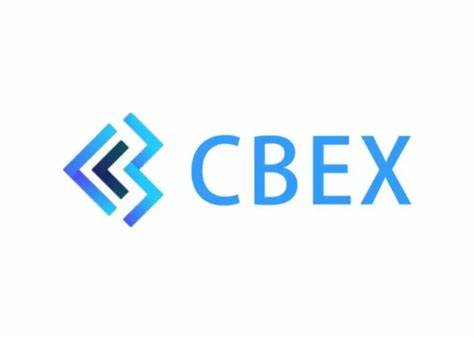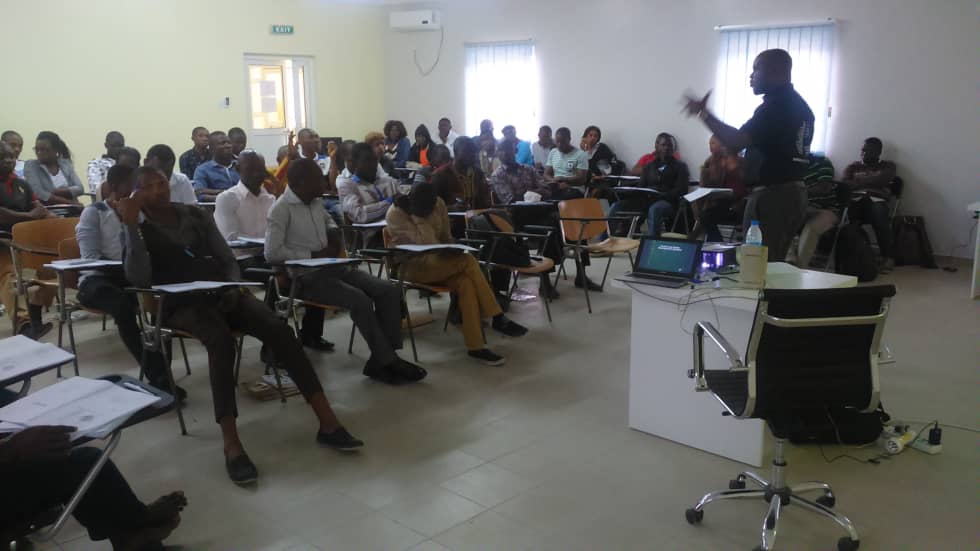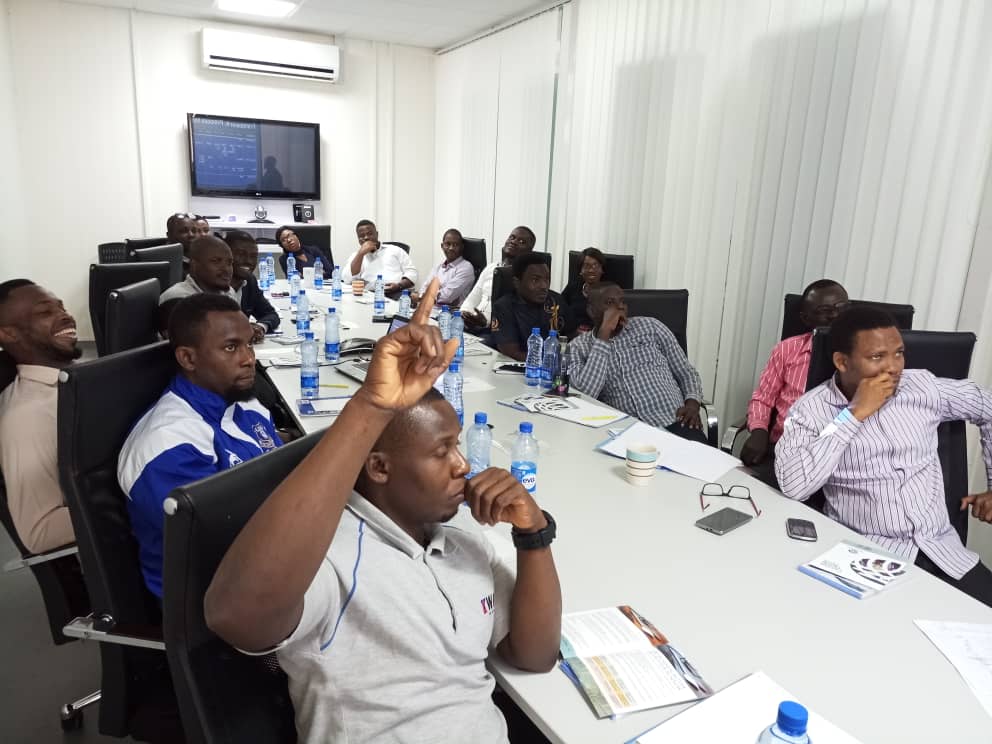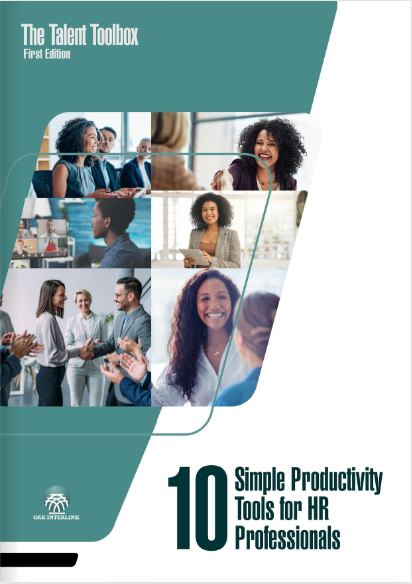Pivot means to turn or twist.
A business is said to pivot when it changes some aspect of its core products or services. Businesses might pivot to better meet customer demand, to shift their target audience to boost sales or some combination of both.
Just as businesses pivot to better take advantage of opportunities and maintain relevance, individuals also pivot for similar reasons. Pivoting has become necessary for many mid-career professionals now and they realize the urgent need to take steps to remain relevant in the digital age. The challenge however is that many do not know how to go about it.
In recent times, I have had several people ask me about how to pivot into more digitally relevant fields and below is what I typically tell them captured in 9 steps. See if they help you also.
1. Find yourself. Honestly assess your current position, are you in a good place? Do you think with the trajectory you are taking you will have a career in 5 to 10 years or do you think there is opportunity for growth within your industry for your skill set? Is there a future for growth in your industry as a whole? You may also enlist the help of a colleague or friend and ask them these questions about yourself.
2. Know yourself. Assess your strengths and weaknesses so as to know the kind of opportunities that would fit you and that you should be seeking for. Use a tool like MAPP Career Test (https://www.assessment.com/) to determine your best career fit.
3. Know the future through Research. That sounds like an impossibility, but we can do some guesstimating based on trends. What are the top in demand careers today and of the future? A Google search will quickly bring up careers ranging from Full Stack Developers, Project Managers, Cyber security Experts, Data Scientists, Robotics Engineer to Solar Panel and Wind Turbine Technicians as well as careers in the medical field as some of the top careers of the future. Do a deeper dive and determine where the biggest opportunities to create and add value lie.
4. Decide. Based on steps 1 to 3 above, decide on the path to pursue based on your best fit (https://www.assessment.com/).
5. Position yourself for opportunities. In order to get job roles in the desired new career, you need to get trained. My advice is that you start by getting free or affordable training from websites like LinkedIn learning, Cousera, Udemy, EDX, etc
6. Test yourself. Employers typically require experience alongside any training or certification you may possess when considering who to hire. The first place you can gain experience for your new career is in your present employment. Seek to solve problems or create projects in the new area for your current employer if possible to gain experience or make a move to a relevant department within your current organization, or if get close to those in the department peradventure you may learn a thing or two from them. You may also seek to volunteer in related roles outside of your organization to gain relevant experience.
7. Get tested. Start sending out applications to see if you will get interviews in the new role with your improved CV, this will help you to know what recruiters are looking for and also if your experience is good enough to get you a role in the desired position. This experience will also help you to get to know, firsthand, what other skills are required by employers for your new career path
8. Learn some more and try again. You will need to undergo a second wave of self-improvement either immediately if the initial training in step 5 prove to be inadequate. This may include paid certifications and getting on a professional membership track. This will still be required even if you were able to secure a digital related role as you would need to need to continue to improve yourself.
9. Cycle Back, Grow and be ever ready for change. To remain relevant in this rapidly changing world, you need to consistently learn and relearn and be ever ready for change.
Career pivot, especially for those who are in mid-career may look daunting, there is however more opportunities and attendant rewards for taking this twist and turn now more than ever before so do not shy away from it. Go do it.
You can preregister here for our PIVOT 1.0 Conference coming up this July (2022) where HR and Digital Skills experts will show you exactly how to make this transition.
Oluseye Kolawole, PMP, MBA









